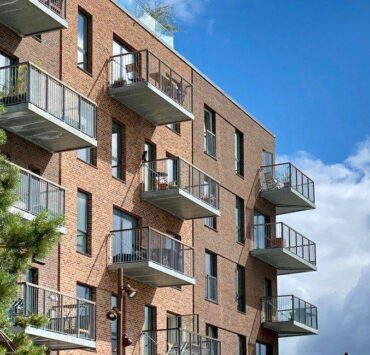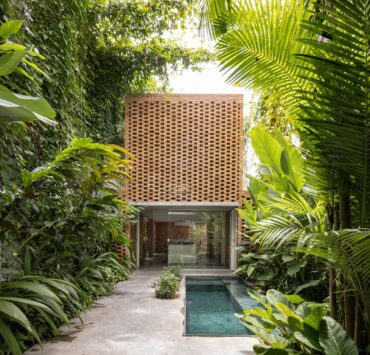Living close to the pulse of progress
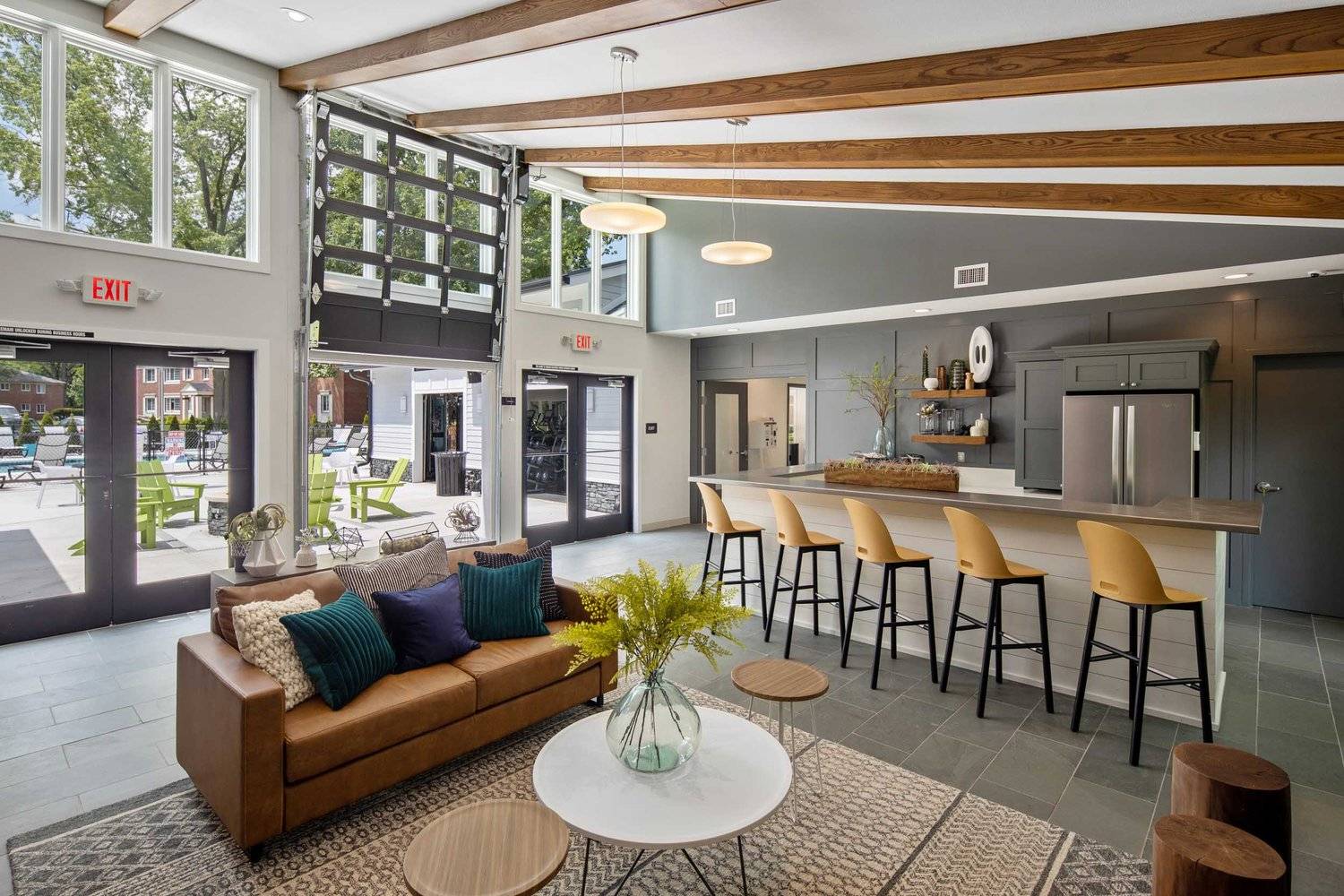
City centers embody the rhythm of progress and aspiration.
Flats built within and around the edges of central business districts (CBDs) respond to this imbalance with quiet intelligence.
Proximity as a modern currency
Time has become more precious than square meters. Living within walking distance from the workplace, campus, or transport node offers luxury often missed in traditional definitions. Housing positioned within CBDs eliminates the daily sacrifices of long commutes.
Young professionals, interns, and entrepreneurs gravitate toward this proximity–a 6-minute walk to a transit hub, a 3-minute bike ride to a collaborative workspace, a late night food strip within reach. Living in a flat inside or near a city center is a decision rooted in practicality.
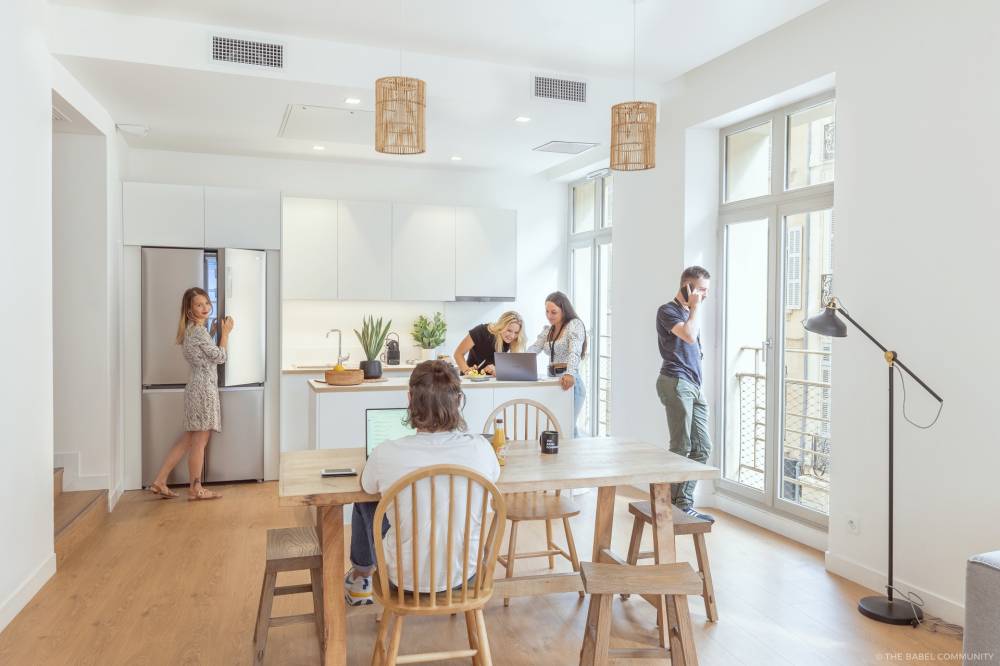
The urban typology of flats
Flats are compact, often self-contained residential units arranged in vertical or mid-rise buildings. They may come as studio-style, one-bedroom, or shared accommodations, typically designed for rental rather than ownership.
Unlike condominium units, which emphasize long-term investment, dormitories offer short- to medium-term residency with a focus on flexibility, affordability, and location.
Shared living with personal intentions
Flats within modern developments often embrace co-living. They are designed environments that combine privacy with programmed interaction.
Individual units remain personal, while shared lounges, kitchens, or laundry spaces encourage a sense of community without imposing it.
Tenants often stay for months or years as they navigate transitions like new jobs or graduate school. A rented apartment serves as a bridge between ambition and stability.
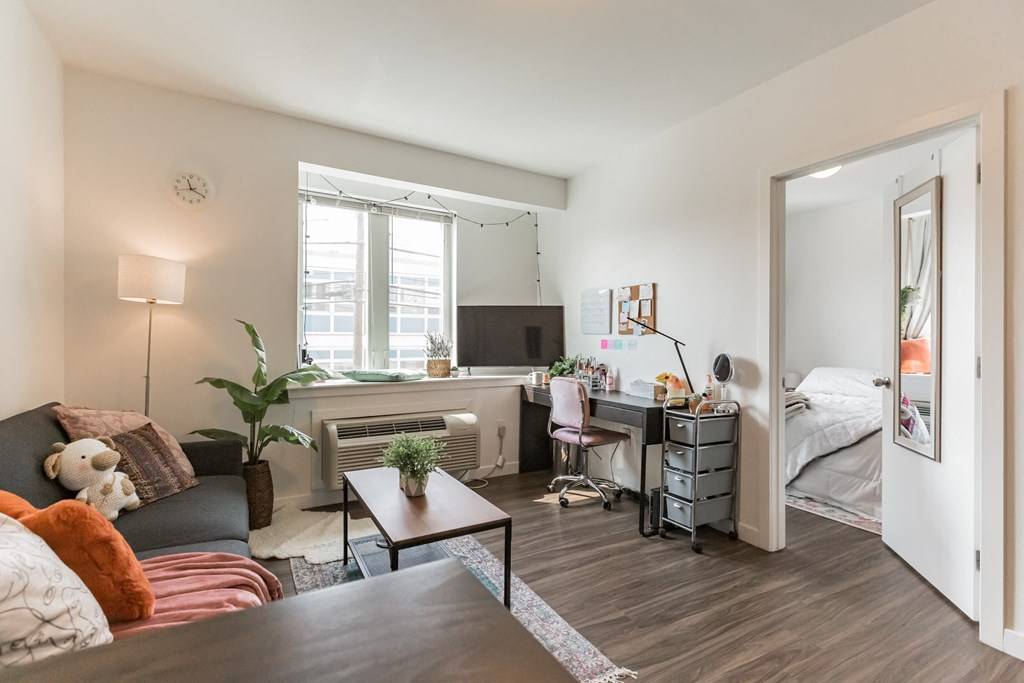
Design that works quietly but intelligently
The floor plans are efficient, the materials durable, and the amenities practical. The lobby is secure and intimate, with natural light and reliable vertical mobility.
What elevates the experience are details often overlooked: acoustic privacy, indoor air quality, well-lit corridors, adequate bike storage, and a view of the city that calms rather than overwhelms. When designers respect the everyday lives of residents, the result is a showpiece and a space where living feels composed and clear.
Fringe zones with forward potential
Less expensive than the commercial core, these areas allow dynamic experimentation in housing models without high premiums. Residents benefit from lower costs while connecting to the core’s ecosystem.
These fringes serve as laboratories of urban life, evolving into transit-oriented pockets or cultural corridors. Flats here gain long-term relevance, contributing to a city where formal, informal, planned, and emergent coexist.
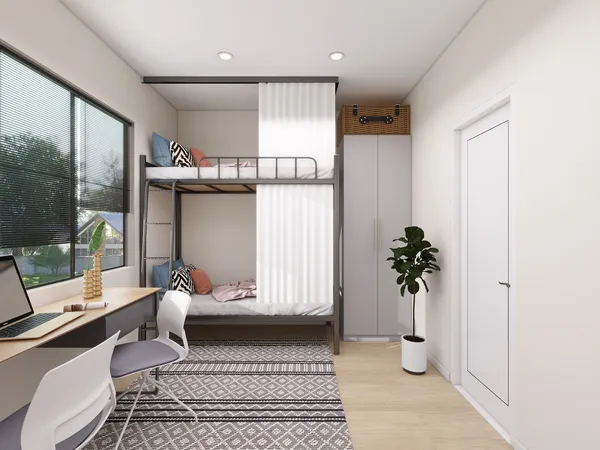
A generational answer to an urban question
The rise in flats responds to a question that cities have long avoided: Who gets to live close to where everything happens?
Traditional models gave that privilege to the elite. Vertical flats democratized that access. They bring youth, movement, and aspiration back into the urban core.
The impact goes to where ideas are born, and participation grows. Cafes are filled with fresh conversations. Sidewalks become safer with more feet on the ground. Local shops thrive. A living city emerges, layered with many intentions.
The author (www.ianfulgar.com), is a leading architect with an impressive portfolio of local and international clients. His team elevates hotels and resorts, condominiums, residences, and commercial and mixed-use township development projects. His innovative, cutting-edge design and business solutions have garnered industry recognition, making him the go-to expert for clients seeking to transform their real estate ventures














